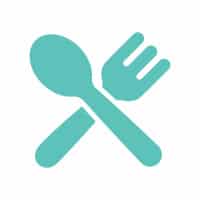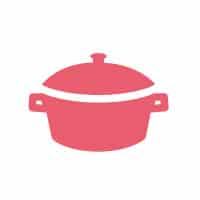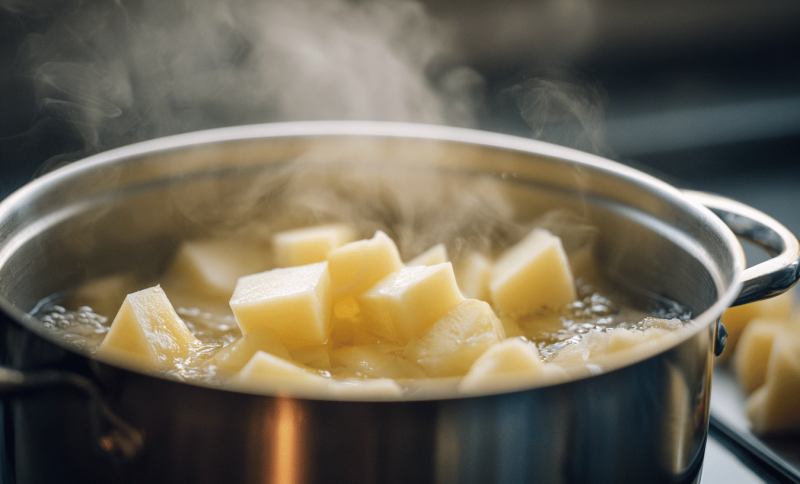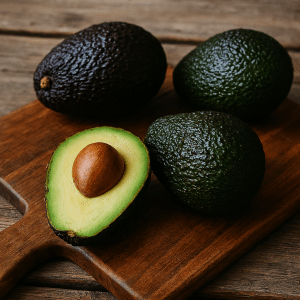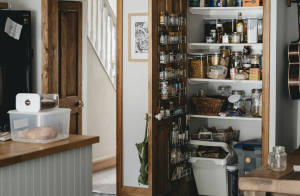Knowing how long to boil potatoes is a simple but important skill in the kitchen. It can make the difference between perfectly tender potatoes and ones that are either hard or mushy.
The boiling time depends on factors such as the size and the number of potatoes, as well as whether they are whole or cut into pieces.
Smaller or cut potatoes cook faster, while large whole potatoes need more time.
Getting the timing right helps you make delicious mashed potatoes, salads, or side dishes that everyone will enjoy. With the right boiling times, your meals will always turn out great and satisfying.
Understanding Boiled Potatoes: Time, Size, Type & Preparation
Several factors influence the time it takes for your potatoes to boil. The size matters most – small cubed potatoes cook much faster than whole large ones.
Cutting potatoes into uniform pieces ensures they all finish cooking at the same time. The type of potato also plays a role, as waxy varieties like red potatoes may cook differently than starchy russets or creamy Yukon Golds.
Peeled potatoes tend to cook slightly quicker than unpeeled ones since the skin acts as a barrier. Finally, make sure your water covers the potatoes by about one inch.
This allows even heat distribution and prevents uneven cooking or burning.
How Long to Boil Potatoes? It Depends on the Type You’re Using
Different potato varieties have unique textures and starch levels that influence their cooking times. Knowing which type you’re using helps you achieve perfect results every time.
1. Starchy (Russet)
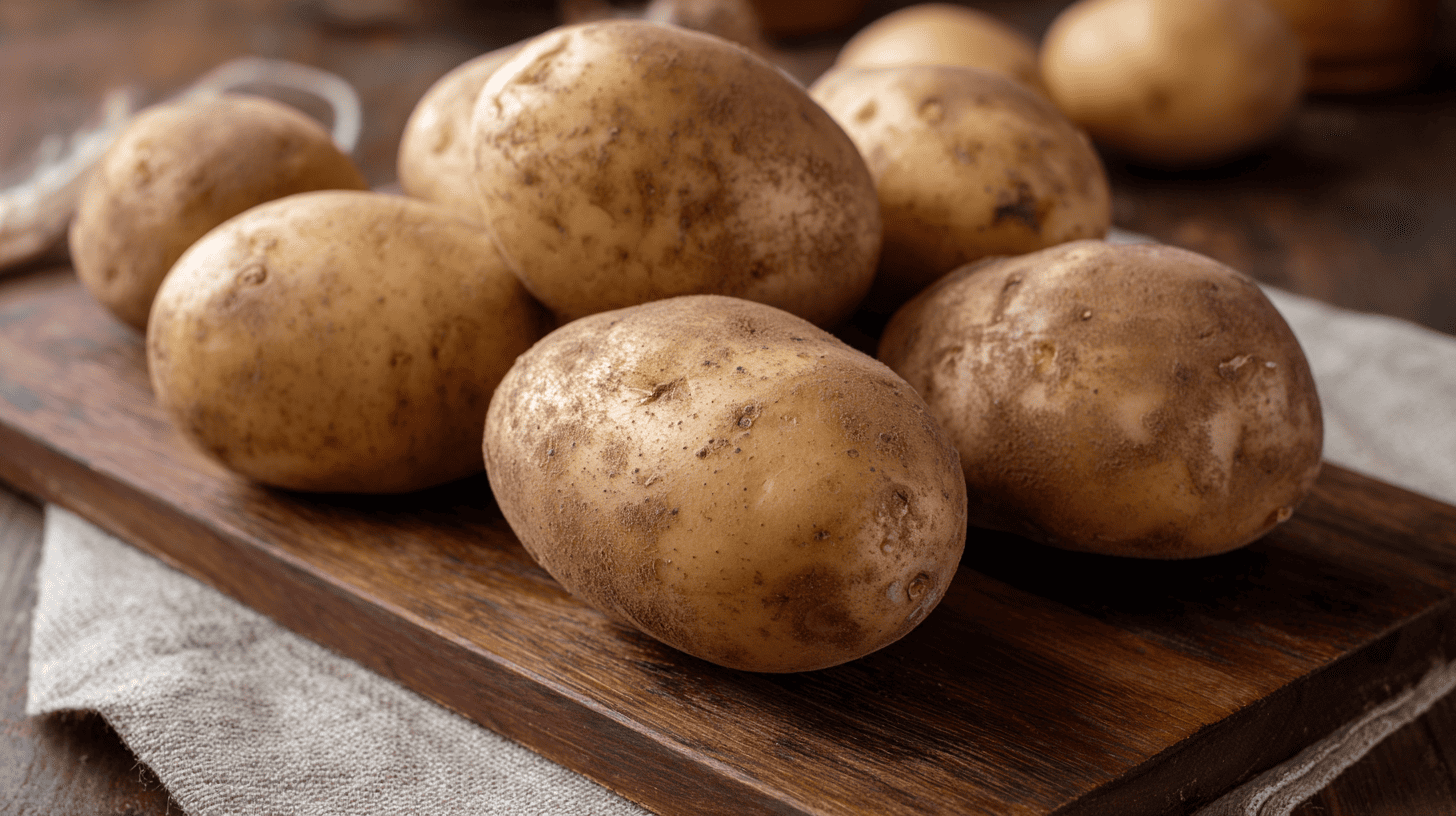
Russet potatoes are high in starch and low in moisture, making them ideal for mashing and baking. Cubed russets take about 10 to 15 minutes to boil, while whole medium russets need 20 to 25 minutes.
These potatoes absorb water easily and become fluffy when cooked. They’re perfect for creamy mashed potatoes but can fall apart if overcooked, so watch them closely.
2. Waxy (Red, New, Fingerling)
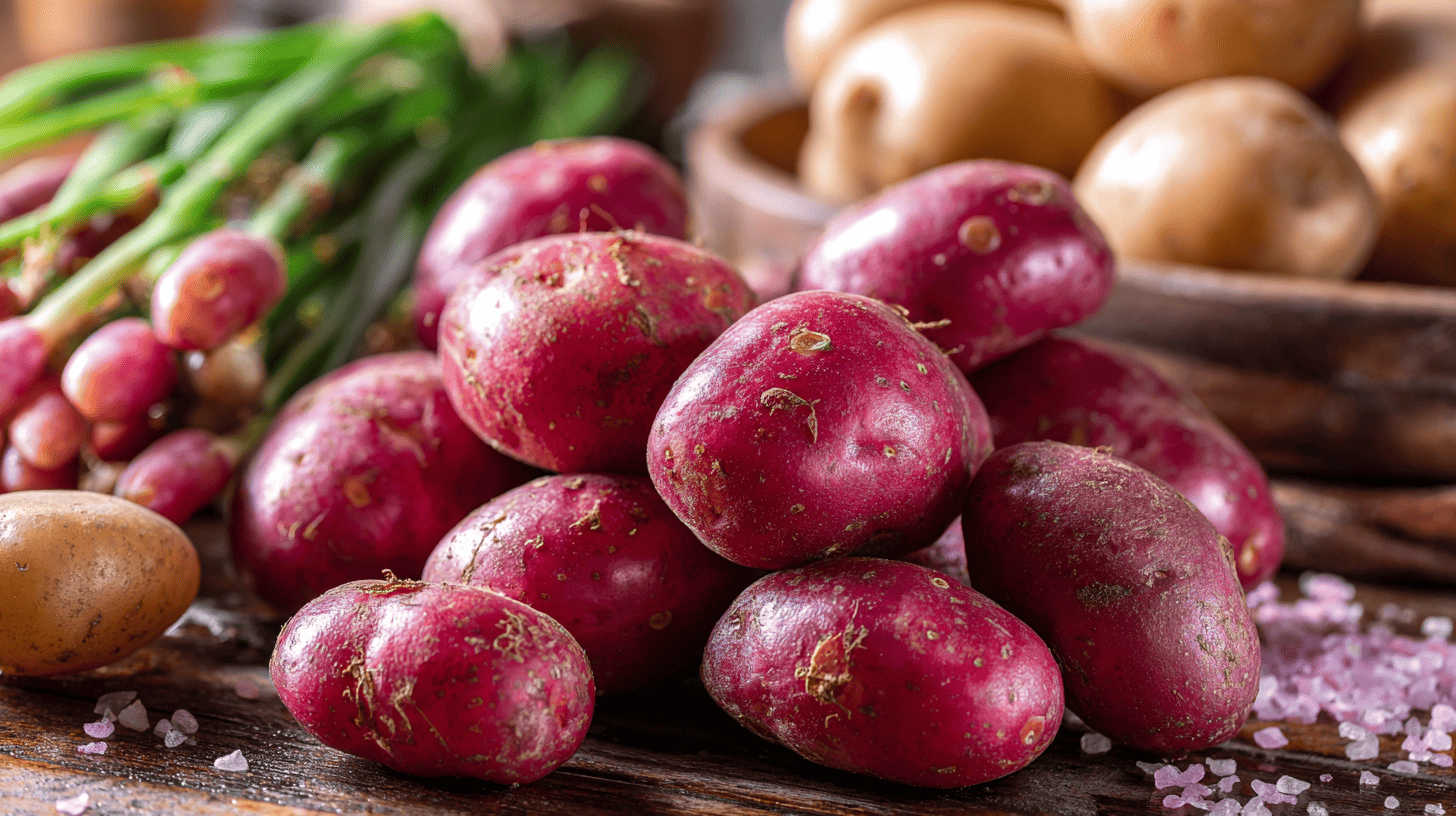
Waxy potatoes have less starch and hold their shape beautifully when boiled. Small whole red or new potatoes take 15 to 20 minutes to cook, while fingerlings require about 10 to 15 minutes.
Their firm, creamy texture makes them excellent for potato salads, roasting, or serving whole. They won’t break down during cooking, which is why they’re preferred for dishes where you want distinct potato pieces.
3. All-Purpose (Yukon Gold)
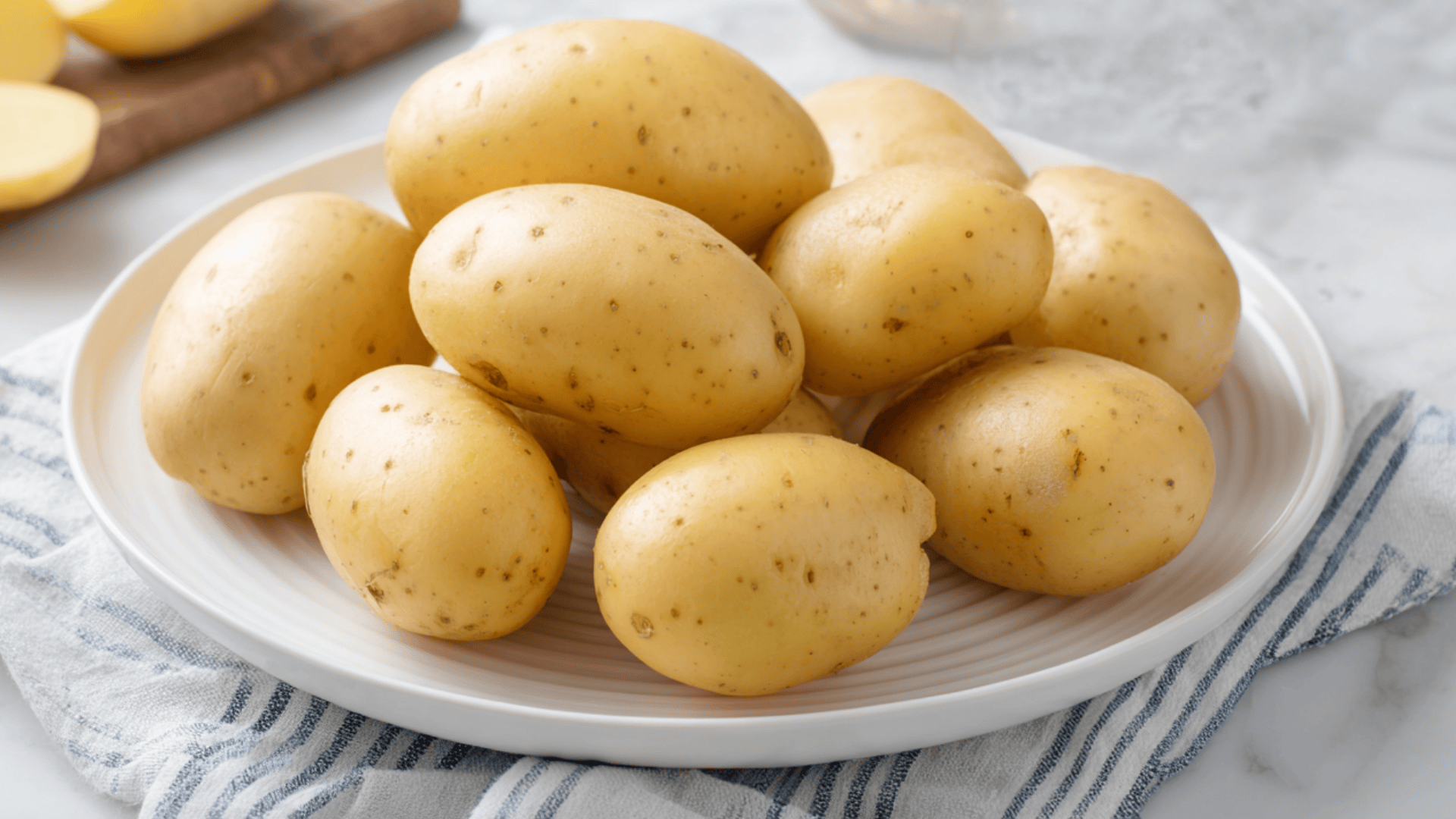
Yukon Gold potatoes fall between starchy and waxy varieties, offering versatility for almost any recipe. Cubed Yukons boil in 12 to 15 minutes, while whole medium ones take 18 to 22 minutes.
Their naturally buttery flavor and smooth texture work wonderfully in mashed potatoes, soups, and gratins. They hold their shape reasonably well but become creamy when mashed, making them a kitchen favorite.
How to Boil Potatoes Perfectly
Boiling potatoes might seem straightforward, but following the right steps ensures they cook evenly and turn out perfect every time. These simple steps help you control the boiling time and achieve the exact texture you want.
- Step 1: Wash your potatoes thoroughly, peel if desired, and cut them into uniform pieces for even cooking.
- Step 2: Place potatoes in a large pot, cover with cold water by one inch, and add a generous pinch of salt.
- Step 3: Bring the water to a boil over high heat, then reduce the heat to medium for a steady simmer.
- Step 4: Cook according to size and type; small cubes need 10 to 15 minutes, whole medium potatoes take 18 to 25 minutes.
- Step 5: Test doneness by piercing with a fork – it should slide in easily without resistance.
Using these steps gives you better control over the time it takes to boil your potatoes and prevents undercooking or mushiness. With practice, you’ll know exactly when your potatoes reach that perfect tender consistency.
Should You Boil Potatoes With the Lid On or Off?
Many cooks wonder whether to keep the lid on or off when boiling potatoes. The best approach depends on the cooking stage. Using the right method saves time and helps control texture and doneness.
| LID USE | PROS | CONS | BEST PRACTICE |
|---|---|---|---|
| Lid On | Retains heat and steam, bringing water to a boil faster | Can cause water to boil over, may soften potatoes too quickly | Use the lid to bring the water to a full boil |
| Lid Off | Allows steam to escape, better temperature control | Longer time to boil, more heat loss | Remove the lid after boiling starts to simmer potatoes gently |
| Overall Recommendation | Start with the lid on for quick boiling, then the lid off to simmer | Balances heat retention and controlled cooking | Lid on to boil, lid off to simmer |
This simple technique gives you the best of both worlds. You’ll reach boiling temperature faster and then maintain gentle, even cooking for perfectly tender potatoes every time.
How to Check If Your Potatoes Are Done?
To check if your potatoes are done, use the fork or knife test. Simply poke a fork or knife into the potato.
If it goes in easily and slides out without resistance, the potato is soft and cooked through. If you feel firmness or resistance, the potato needs more time to cook.
It’s essential to start testing a few minutes before the expected boiling time is up to prevent overcooking, which can cause potatoes to become mushy.
Regularly checking helps ensure you get potatoes that are perfectly tender without being too soft or undercooked. This simple test is the most effective way to assess readiness every time.
Easy Recipes to Use Boiled Potatoes
Boiled potatoes are adaptable for easy dishes. Their softness or firmness allows for various recipes, from salads to soups or crispy home fries. They save time and improve flavor.
1. Potato Salad
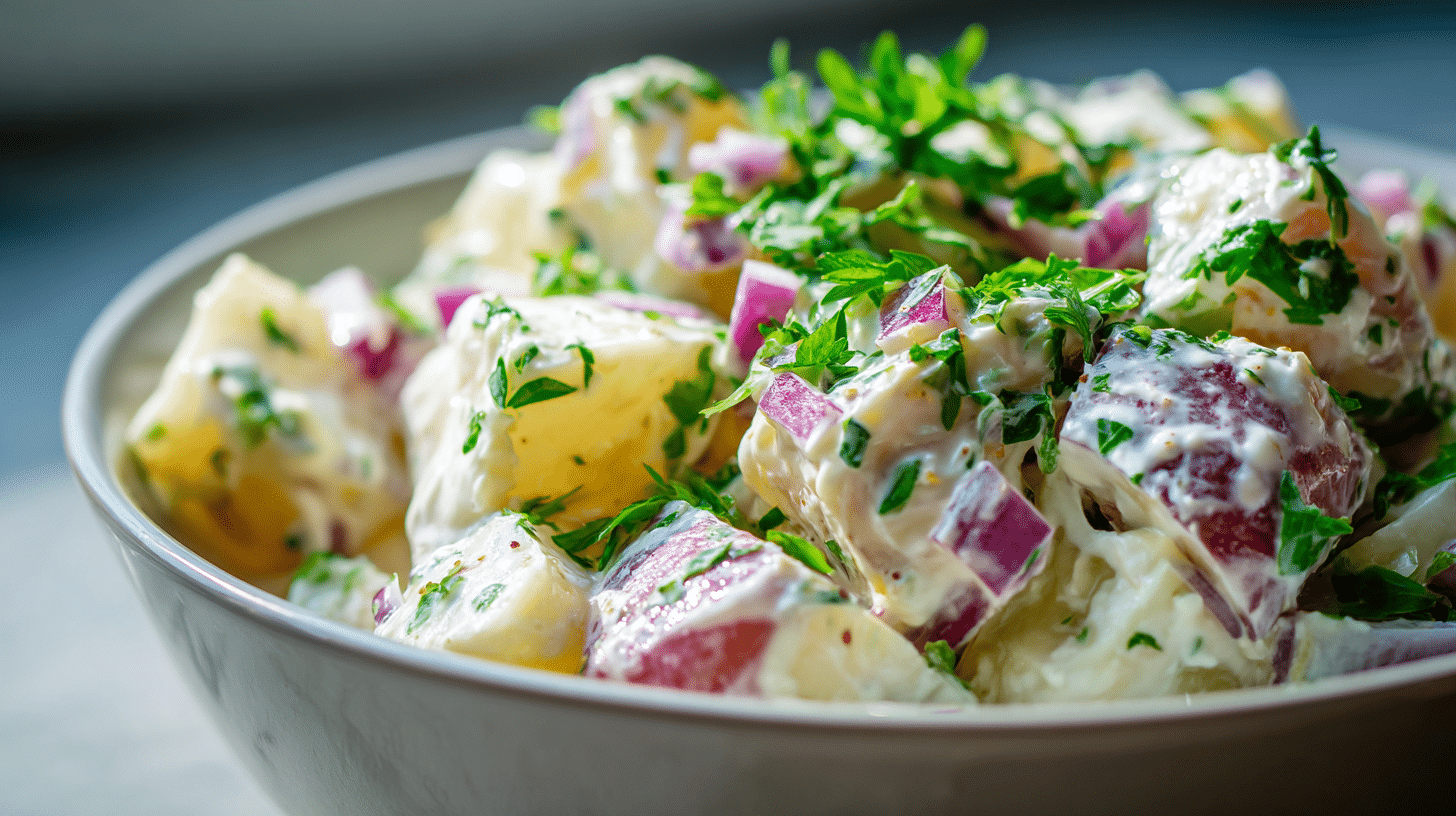
Use firm boiled potatoes for a tasty potato salad. You can peel them or leave the skins on – both work well. Mix the potatoes with mayonnaise, a little mustard, chopped celery, diced onions, and fresh herbs like parsley or dill.
This creamy, fresh salad is great for lunch, picnics, or as a side dish. It’s easy to make and is loved by everyone.
2. Potato Soup
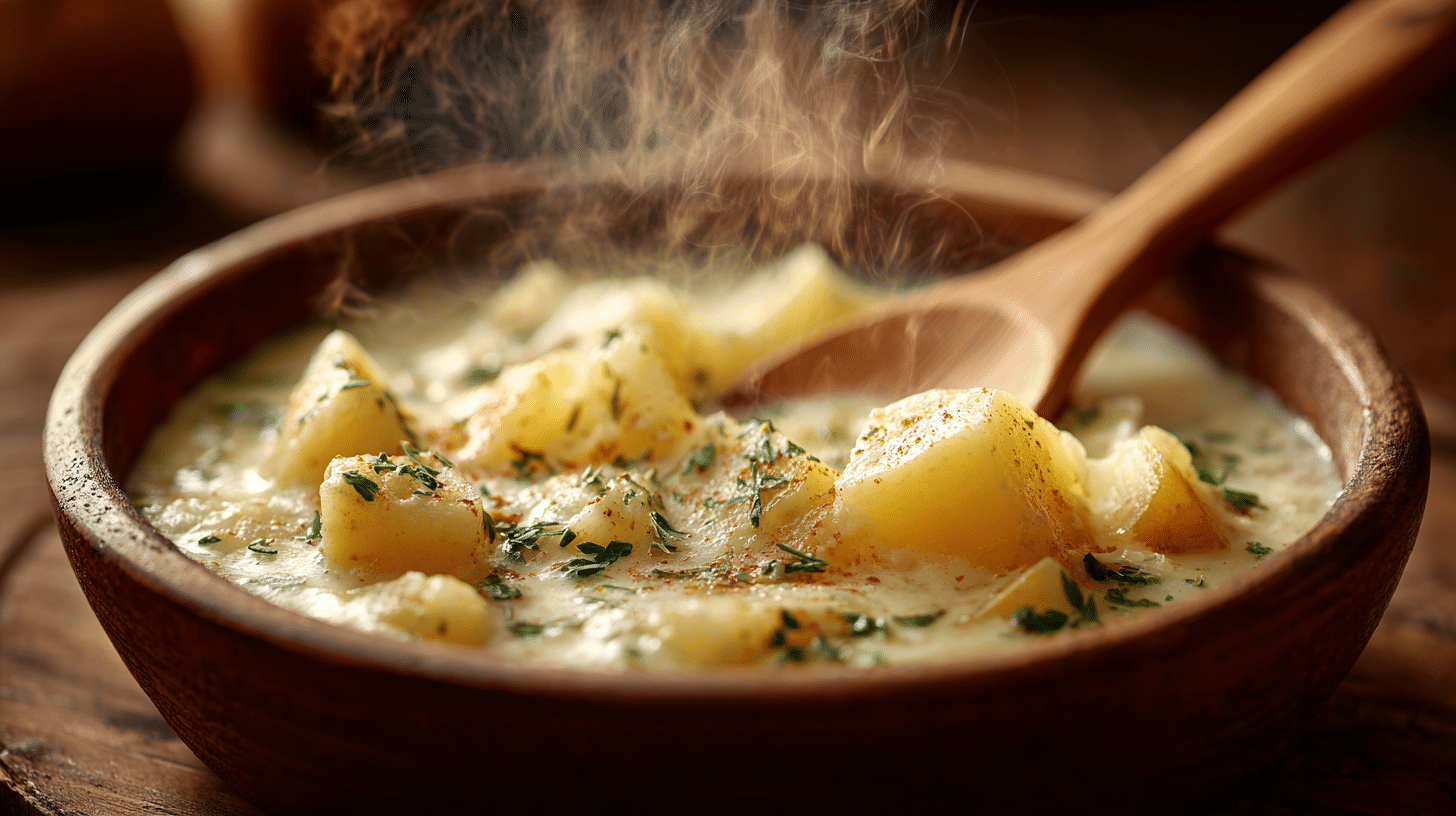
Soft-boiled potatoes work best for potato soup because they break down easily. Blend some potatoes to make the soup smooth and creamy while leaving some chunks for texture.
Cook with broth, onions, garlic, and your favorite seasonings. This warm, comforting soup is perfect for cold days and is quick to prepare, making it a healthy meal option.
3. Roasted Potatoes
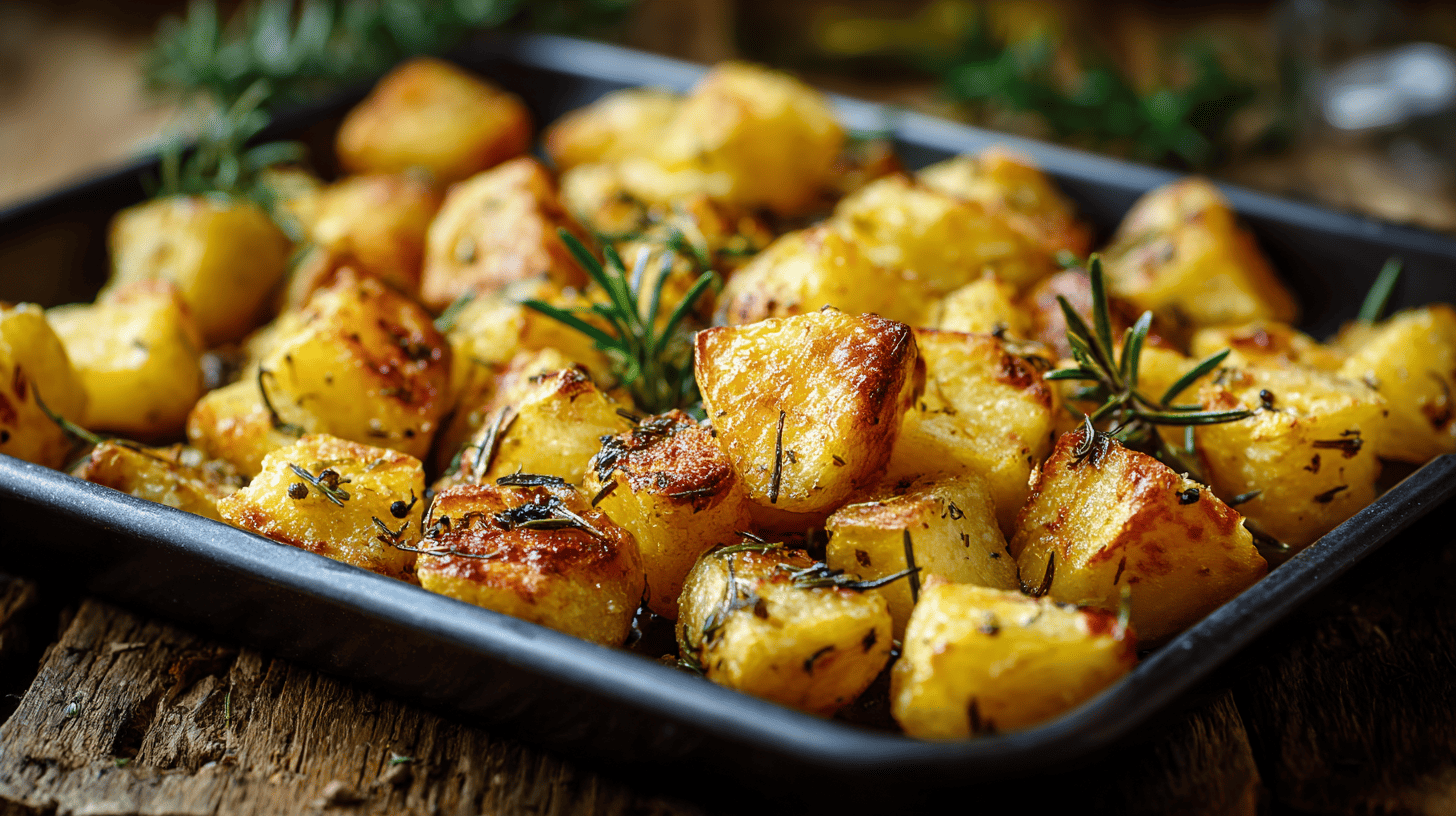
Firm to medium boiled potatoes work best for roasting. Cut them into even chunks, then toss with olive oil, salt, pepper, and your favorite herbs like rosemary or thyme.
Spread them on a baking tray and roast in a hot oven until they turn golden and crispy on the outside. These roasted potatoes are perfect as a side dish and pair well with almost any meal.
Tips to Store Boiled Potatoes Properly
Properly storing boiled potatoes is just as important as cooking them right. When stored the right way, they stay fresh, tasty, and ready to use in your favorite recipes without losing their texture or flavor.
- Let the boiled potatoes cool completely before putting them away. This prevents moisture buildup.
- Use airtight containers or sealed plastic bags to keep air and moisture out.
- Store them in the refrigerator, where they can stay fresh for up to 3 to 4 days.
- Avoid wrapping boiled potatoes in foil, as it traps moisture and can cause them to become soggy.
By following these simple storage tips, you’ll keep your boiled potatoes at their best for several days. This means you can enjoy them later in salads, soups, or as a quick side dish without worrying about spoilage or sogginess.
Final Thoughts
Understanding how long to boil potatoes helps you achieve consistently cooked results every time.
Checking the potatoes for tenderness at the right moment ensures they are soft but still hold their shape. Following these timing tips will improve your cooking skills and improve the taste of your dishes.
If you boil small potatoes or large ones, keeping track of the time is key.
Have you found a boiling time that works best for your favorite type of potato? Feel free to leave a comment and share what works best for you! It’s always great to hear different ideas and tips.

